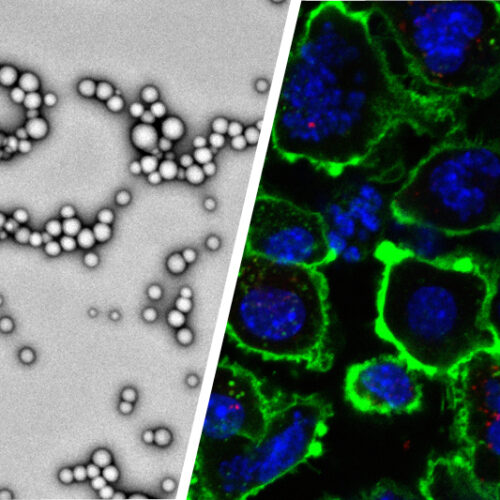
Purdue researchers create biocompatible nanoparticles to enhance systemic delivery of cancer immunotherapy

Purdue researchers create biocompatible nanoparticles to enhance systemic delivery of cancer immunotherapy
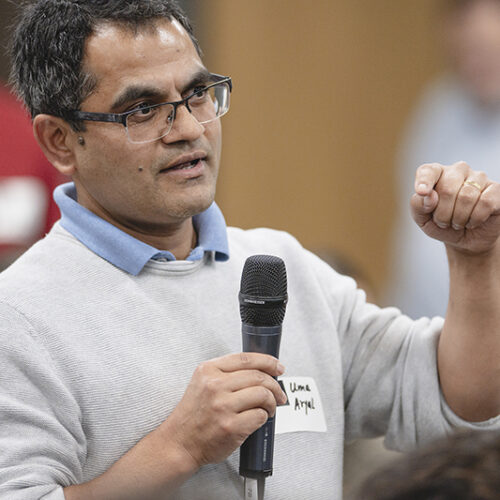
Life and Health Sciences Summit opens new opportunities for Purdue researchers
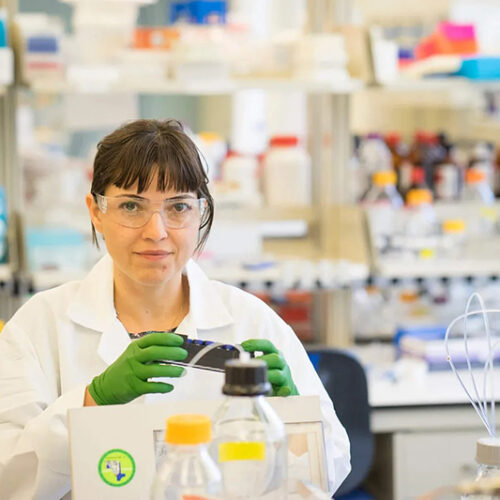
Purdue lipid biomarker panels perform real-time, point-of-care sample analysis in industrial and agricultural settings.
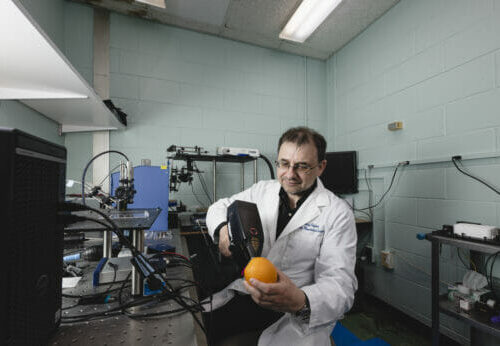
Using a Food’s Unique Fingerprint to Detect Fraud
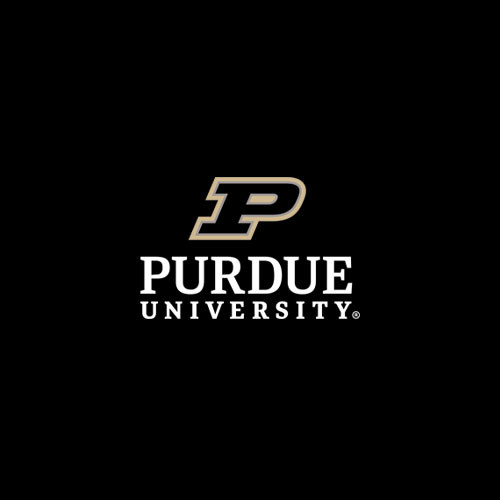
Prostate Cancer- associated urinary proteomes differ before and ager prostatectomy: Therapeutics Advances in Medical Oncology

Proteomic analysis of canine vaccines in: American Journal of Veterinary Research

Rapid Food Authentication Using a Portable Laser-Induced Breakdown Spectroscopy System

Impact of combination of short lecture and group discussion on the learning of physiology by nonmajor undergraduates

Eimeria infection-related intestinal dynamics and microbiome, growth performance, and nutrient utilization in broiler chickens fed diets supplemented with multienzyme

Sapwood mycobiome varies across host, plant compartment and environments in Nothofagus forests from Northern Patagonia